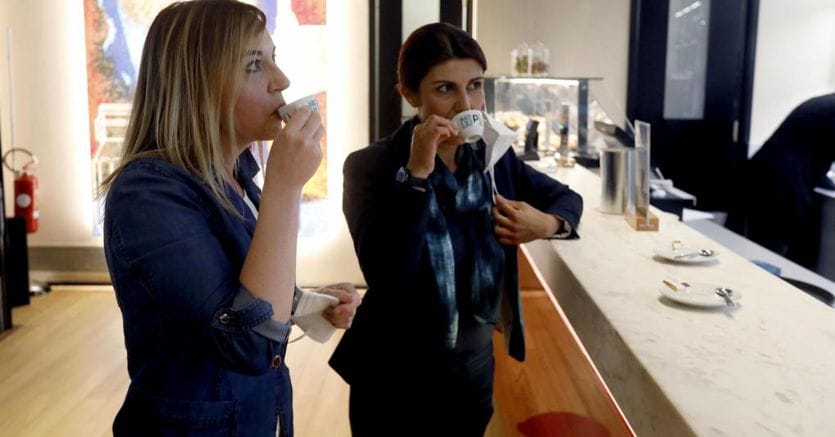Gender gap, Germany still far away
However, the gender gap remains wide: 9 percentage points distances the female employment rate from the male one in Milan, much less than the national 28 points but still too many compared to the European benchmarks. In fact, compared to the European regions with a greater productive vocation, the percentage of women employed in Milan is in line with Cataluña (65.0%) and Rhone-Alpes (65.7%), but still far from the German regions, close to 75. % (Baden Wurttemberg 74.8%, Bayern 75.8%).
If we look, however, at the gender gap, the 9 percentage points of Milan are almost double the distance between male and female employment in Rhone-Alpes (5.2 points) and in any case well above that of the other benchmark regions, around 7 points.
Finally, this crisis differs from the past for a more rapid and consistent growth of inactivity, in particular due to the lack of confidence in finding a job. In fact, between 2019 and 2020, the share of the population that does not have a job or look for it (the inactive) increased both among men (from 19.8% to 22.3%) and among women (from 30.1% to 31.8%, therefore with a more contained growth of +1.7 points), but the same trend hides a substantial difference.
The dynamics among the inactive
Among men, those who have lost their jobs have essentially become inactive, the decline in male employment is in fact specular, -2.6 points, and the unemployment rate remains substantially unchanged. On the contrary, the largest share of inactive women derives in part from the drop in the employment rate (-1.2 points), in part from the decrease in unemployment (-0.5 points, from 6.3% in 2019 to 5.8 % of 2020). Therefore, for the female component, the condition of inactivity (and the discouragement effect) occurred both among those who lost their jobs and among those who stopped looking for it. Compared to this overall dynamic, women between 18 and 29 years old stand out in Milan, who in the year of the pandemic did not give up looking for (and some to find) job opportunities: in 2020, inactive young people decreased (-0, 6 pp, from 49.2% to 48.6%), the unemployed increased (+0.7 pp), the employed increased slightly (+0.2 pp).
Smart city and internationalization
Starting from the end of June, on a monthly basis, other research dedicated to smart cities will be published on Your Next Milano – again with a comparison with the European benchmarks -; internationalization of companies and their competitiveness in terms of exports and participation in global supply chains; attractiveness of Milan in the global comparison to talents, students, tourists, foreign investments.
